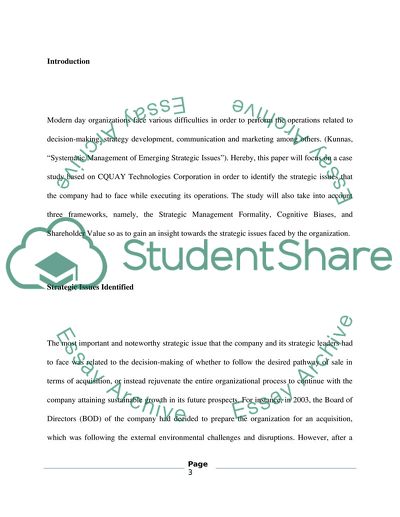Not Found (#404) - StudentShare. Retrieved from https://studentshare.org/management/1765705-find-strategic-issue-use-frameworks-from-scholarly-articles-to-analyze-the-business-case-i-will-provide-both-the-scholarly-articles-business-case
Not Found (#404) - StudentShare. https://studentshare.org/management/1765705-find-strategic-issue-use-frameworks-from-scholarly-articles-to-analyze-the-business-case-i-will-provide-both-the-scholarly-articles-business-case.


